Google and Chromasonic make sense of colour at Milan Design Week
Google's interactive installation in collaboration with Chromasonic demonstrates how colour influences our perception of the world
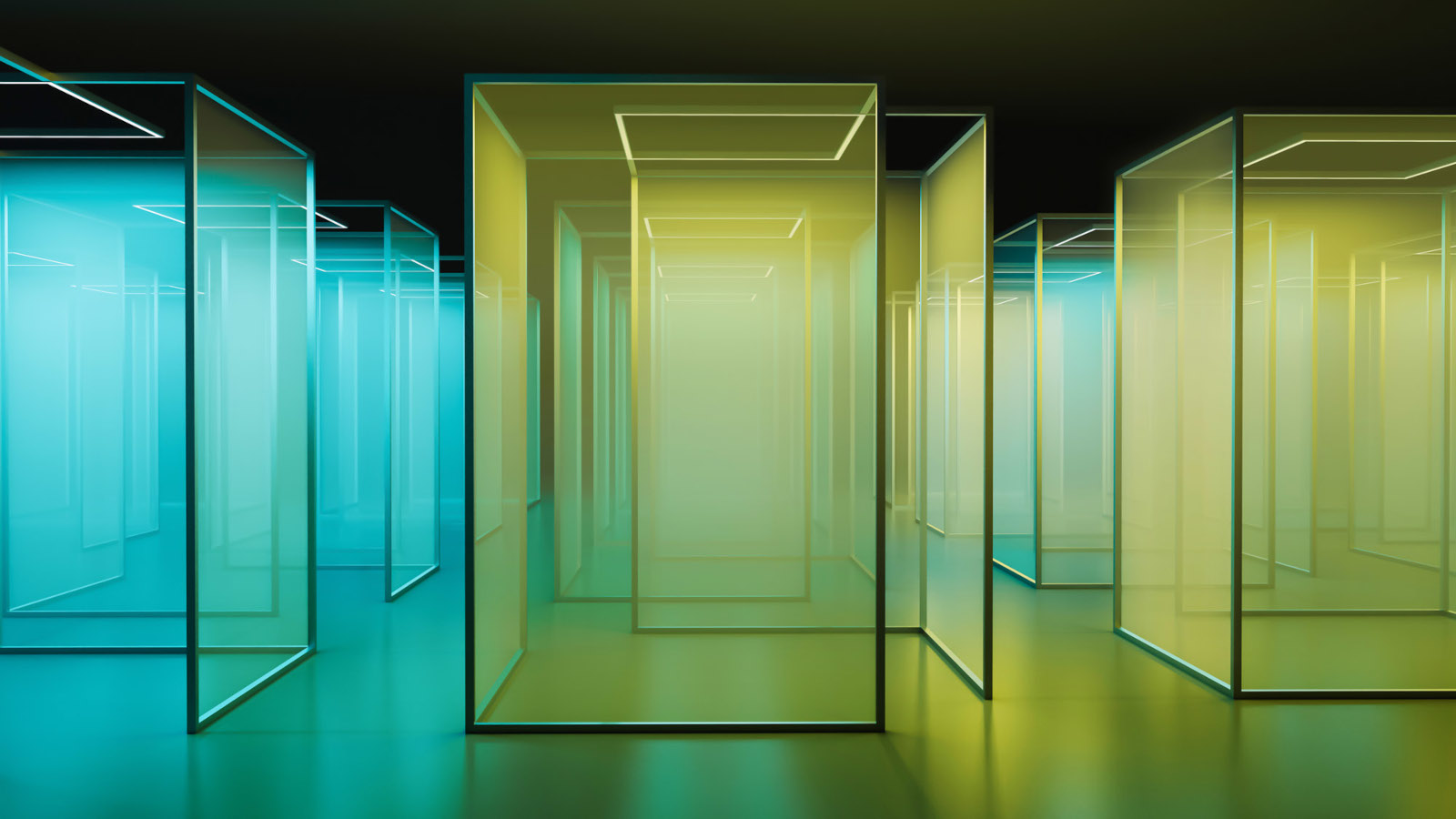
There’s no denying that colour, like form and texture, inform how we understand our surroundings. It can evoke emotion and, according to the design team at Google, it can also be expressed through sound, taste, smell and touch, as much as visual perception.
The studio is mounting its third interactive exhibition at Milan Design Week 2024, in collaboration with Los Angeles-based art and research lab Chromasonic. The 'Making Sense of Color' installation activates all the senses as visitors move through 21 ethereal spaces delimited by scrim walls with responsive light and audio displays. They eventually reach a series of rooms more tangibly demonstrating how certain tones relate to specific sensations and are harnessed in the brand’s ever-evolving suite of products—phones, tablets and smart home devices.
Google: Making Sense of Color
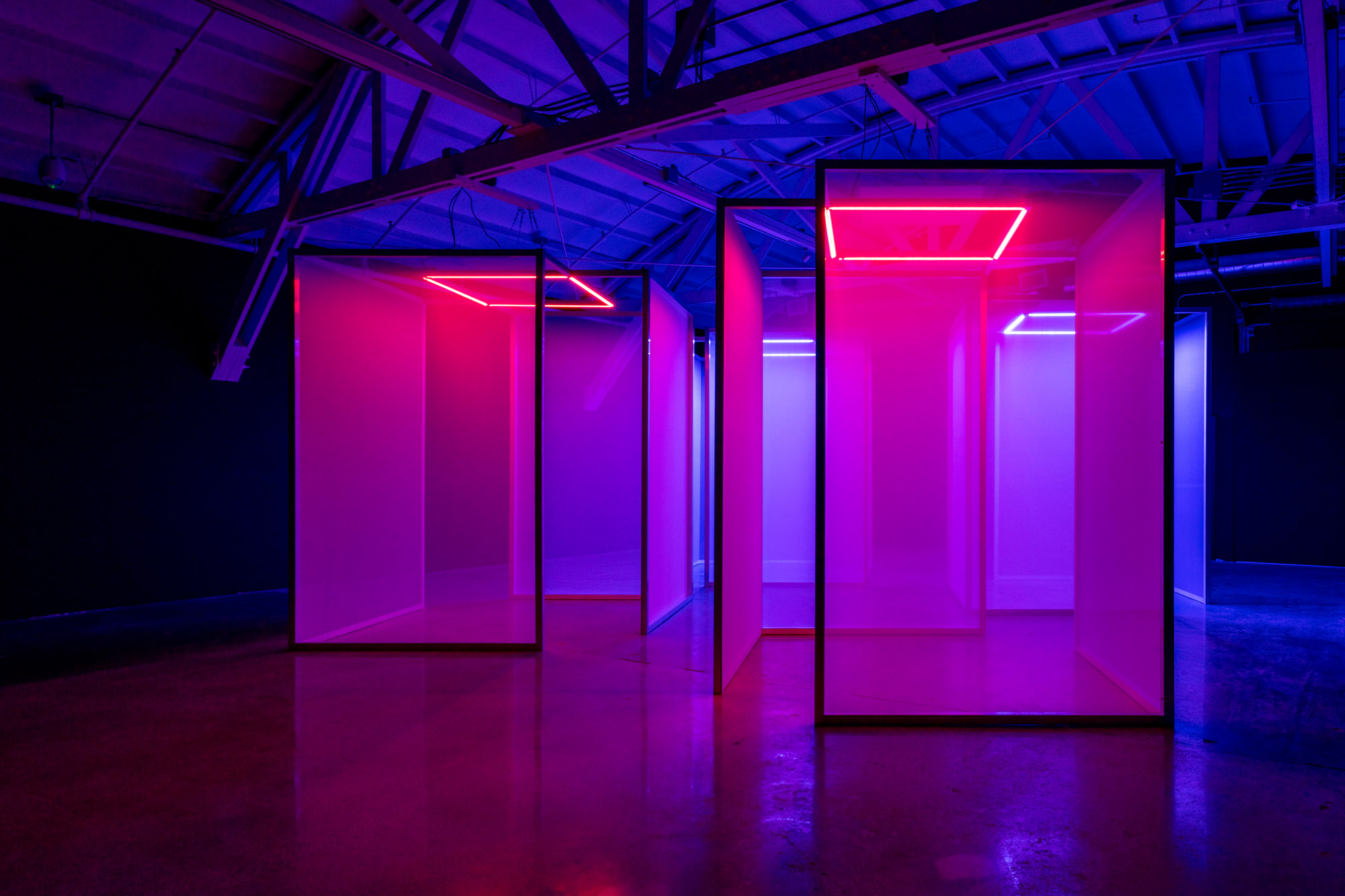
'Colour resonates with vibrancy, embodying energy,' says Ivy Ross, Vice President of Design, UX, and Research for Hardware Products at Google, 'Color has both biological and psychological influence on us. Right now we are going through a lot of emotion as a society, so understanding the power of these natural forces and its different properties seems as relevant as ever.'
Chromasonic has created well-received immersive light and sound installations—such as Venice, Satellite One space in California—with the aim of promoting wellbeing. Ross and her team chose to collaborate with the practice because of its ability to make colour more experiential and physically engaging. The art and research lab has implemented its proprietary Chromasonic Refrequencing technology.

'Light waves are converted to sound waves and sound waves are converted into light waves in real-time; in essence, making light audible and sound visible,' says Harriet Girardoni, practice co-founder. 'Light and sound travel as one and accentuates our awareness of our presence within it and of others as they pass through, appearing and dissolving within and between the array of the installation's spaces.'
By merging the immateriality of light with the materiality of sound, this formula expands natural perception. Visitors can experience a deeper sense of presence within the synesthetic environment. 'Colour can evoke memory, inspire desire, and captivate us in the moment with a feeling of awe,” adds Johannes Girardoni, Chromasonic co-founder. “We spatialize colour and sound to create shapeshifting experiences of physical space. It is a means of intentional placemaking.'
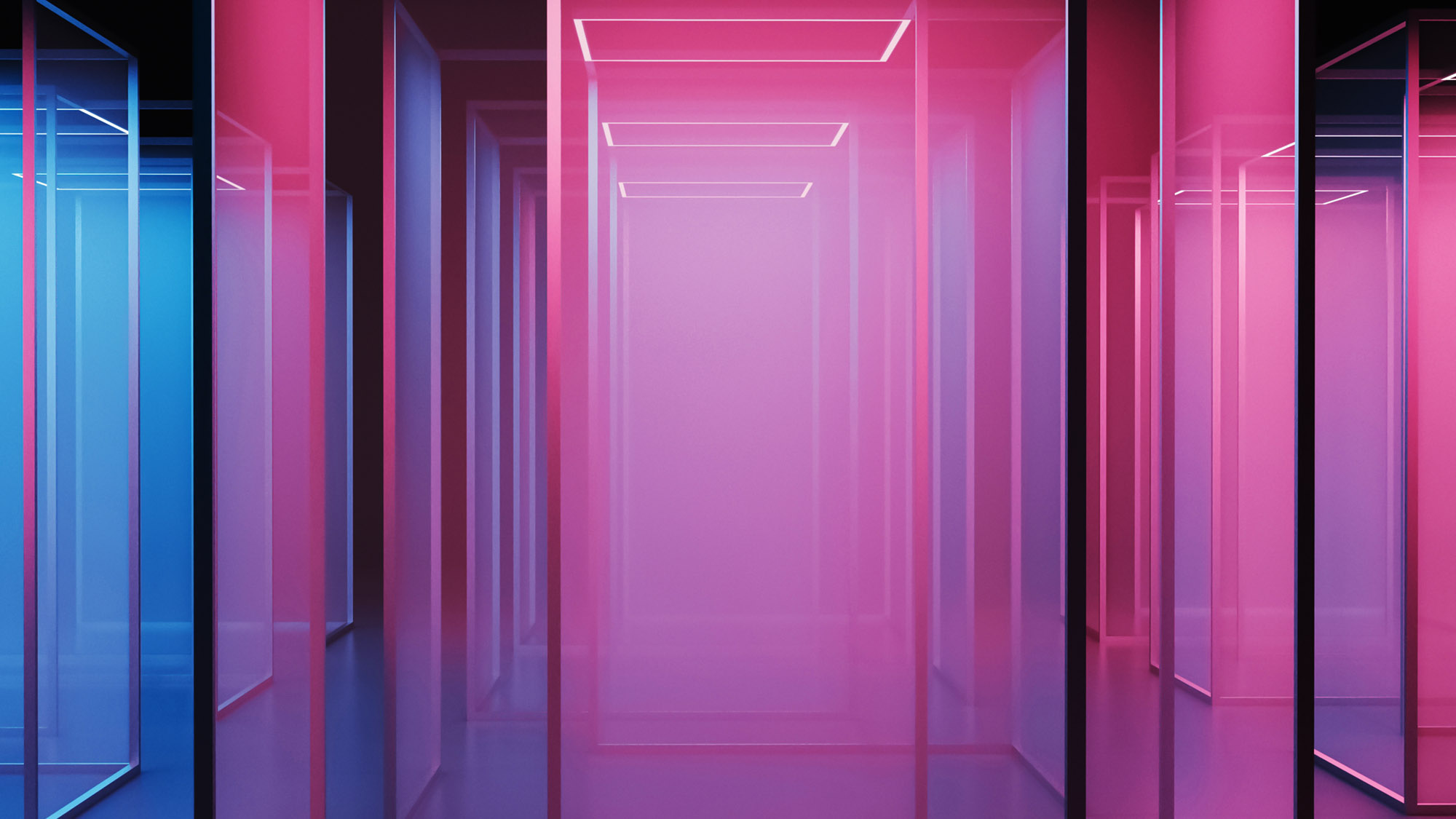
For many design industry visitors touring an ever-exhausting Milan Design Week and Salone del Mobile furniture fair, Google’s installations offer rest, relaxation and contemplation. 'We do believe this year’s exhibit will provide guests the kind of respite that leaves them feeling both refreshed and revitalised,' Ross concludes. 'We started using the Salone to share our thought leadership in design and what inspires us, we love to create experiences that are presented to the design professional and the general public.'
Wallpaper* Newsletter
Receive our daily digest of inspiration, escapism and design stories from around the world direct to your inbox.
Making Sense of Colour is on view from 15 to 21 April, during Milan Design Week 2024
Garage 21
via Archimede, 26
20129 Milan
store.google.com
chromasonic.com
Adrian Madlener is a Brussels-born, New York-based writer, curator, consultant, and artist. Over the past ten years, he’s held editorial positions at The Architect’s Newspaper, TLmag, and Frame magazine, while also contributing to publications such as Architectural Digest, Artnet News, Cultured, Domus, Dwell, Hypebeast, Galerie, and Metropolis. In 2023, He helped write the Vincenzo De Cotiis: Interiors monograph. With degrees from the Design Academy Eindhoven and Parsons School of Design, Adrian is particularly focused on topics that exemplify the best in craft-led experimentation and sustainability.
-
 Put these emerging artists on your radar
Put these emerging artists on your radarThis crop of six new talents is poised to shake up the art world. Get to know them now
By Tianna Williams
-
 Dining at Pyrá feels like a Mediterranean kiss on both cheeks
Dining at Pyrá feels like a Mediterranean kiss on both cheeksDesigned by House of Dré, this Lonsdale Road addition dishes up an enticing fusion of Greek and Spanish cooking
By Sofia de la Cruz
-
 Creased, crumpled: S/S 2025 menswear is about clothes that have ‘lived a life’
Creased, crumpled: S/S 2025 menswear is about clothes that have ‘lived a life’The S/S 2025 menswear collections see designers embrace the creased and the crumpled, conjuring a mood of laidback languor that ran through the season – captured here by photographer Steve Harnacke and stylist Nicola Neri for Wallpaper*
By Jack Moss
-
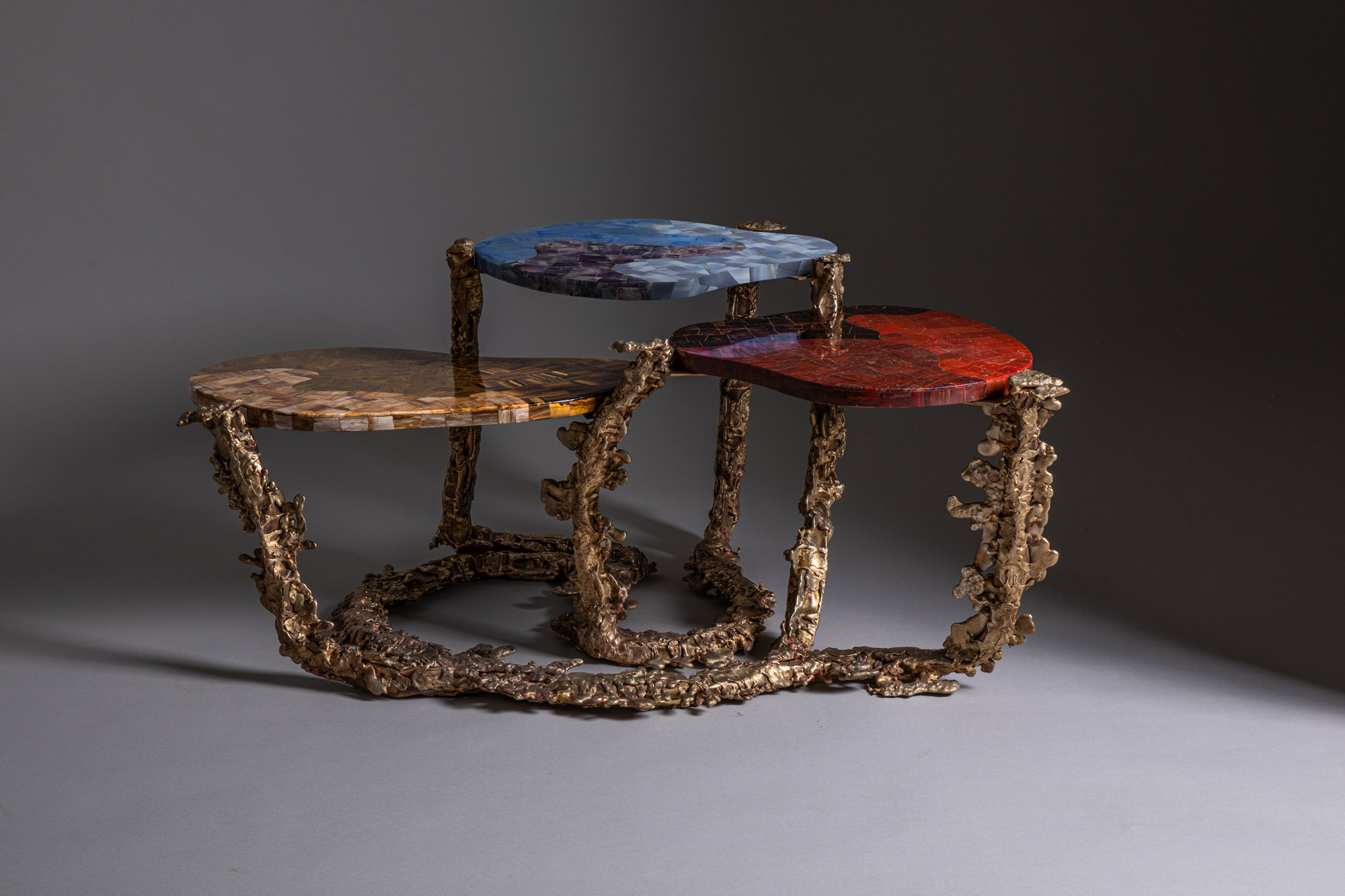 Inside the Shakti Design Residency, taking Indian craftsmanship to Alcova 2025
Inside the Shakti Design Residency, taking Indian craftsmanship to Alcova 2025The new initiative pairs emerging talents with some of India’s most prestigious ateliers, resulting in intricately crafted designs, as seen at Alcova 2025 in Milan
By Henrietta Thompson
-
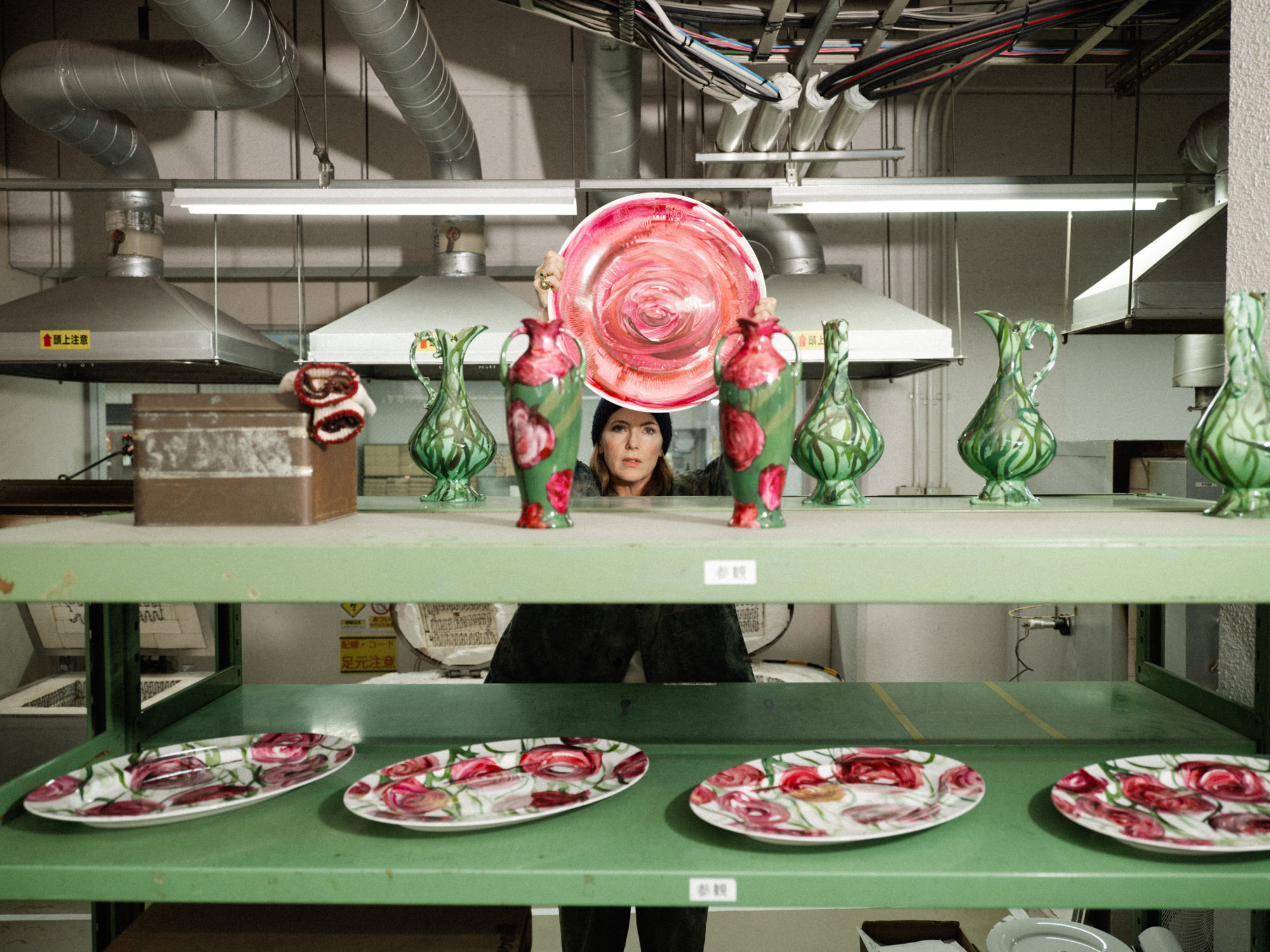 Faye Toogood comes up roses at Milan Design Week 2025
Faye Toogood comes up roses at Milan Design Week 2025Japanese ceramics specialist Noritake’s design collection blossoms with a bold floral series by Faye Toogood
By Danielle Demetriou
-
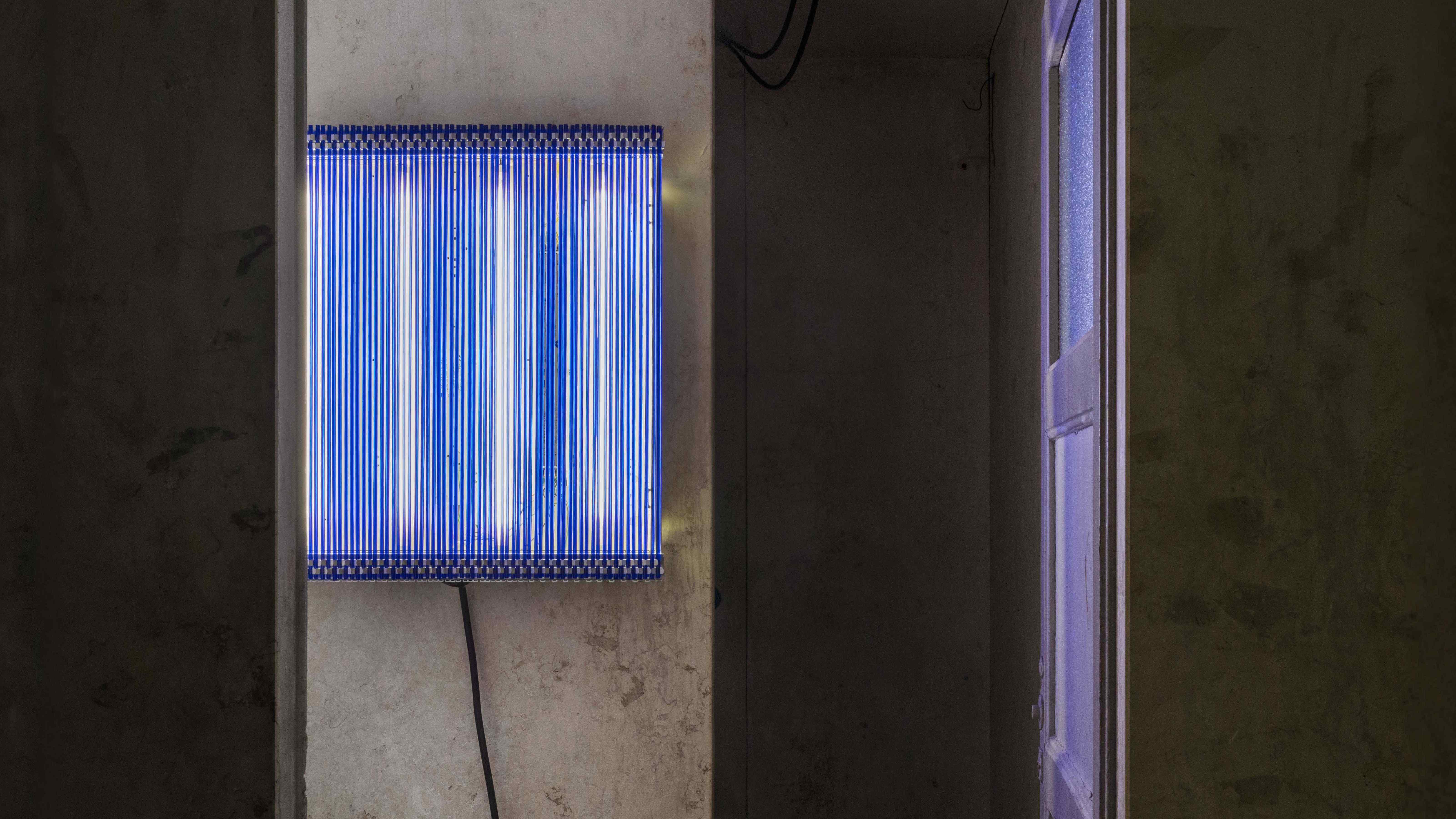 6:AM create a spellbinding Murano glass showcase in Milan’s abandoned public shower stalls
6:AM create a spellbinding Murano glass showcase in Milan’s abandoned public shower stallsWith its first solo exhibition, ‘Two-Fold Silence’, 6:AM unveils an enchanting Murano glass installation beneath Piscina Cozzi
By Ali Morris
-
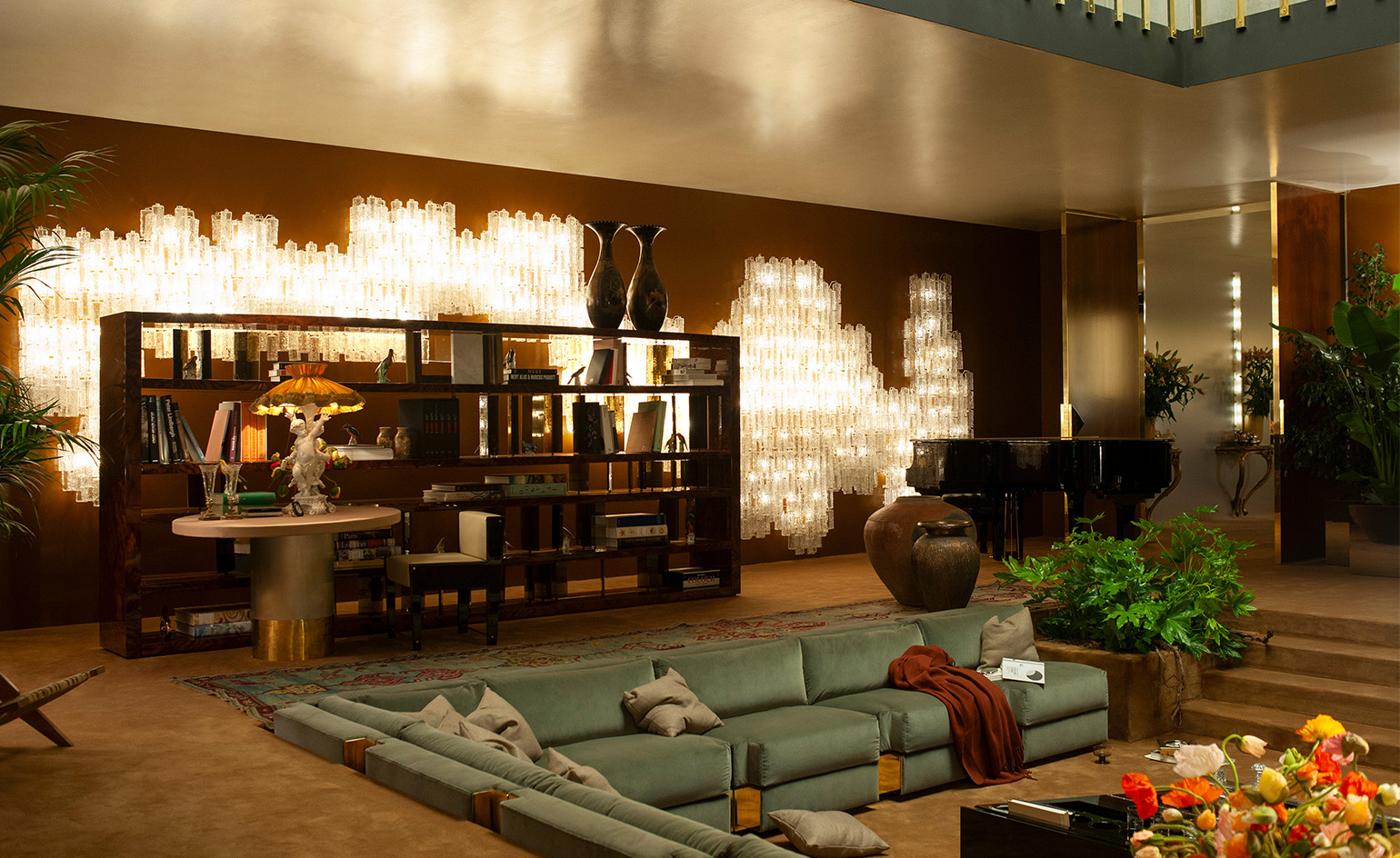 Dimoremilano and Loro Piana channel 1970s cinema in decadent Milan display
Dimoremilano and Loro Piana channel 1970s cinema in decadent Milan displayAt Milan Design Week 2025, Dimorestudio has directed and staged an immersive, film-inspired installation to present new furniture and decor for Loro Piana
By Dan Howarth
-
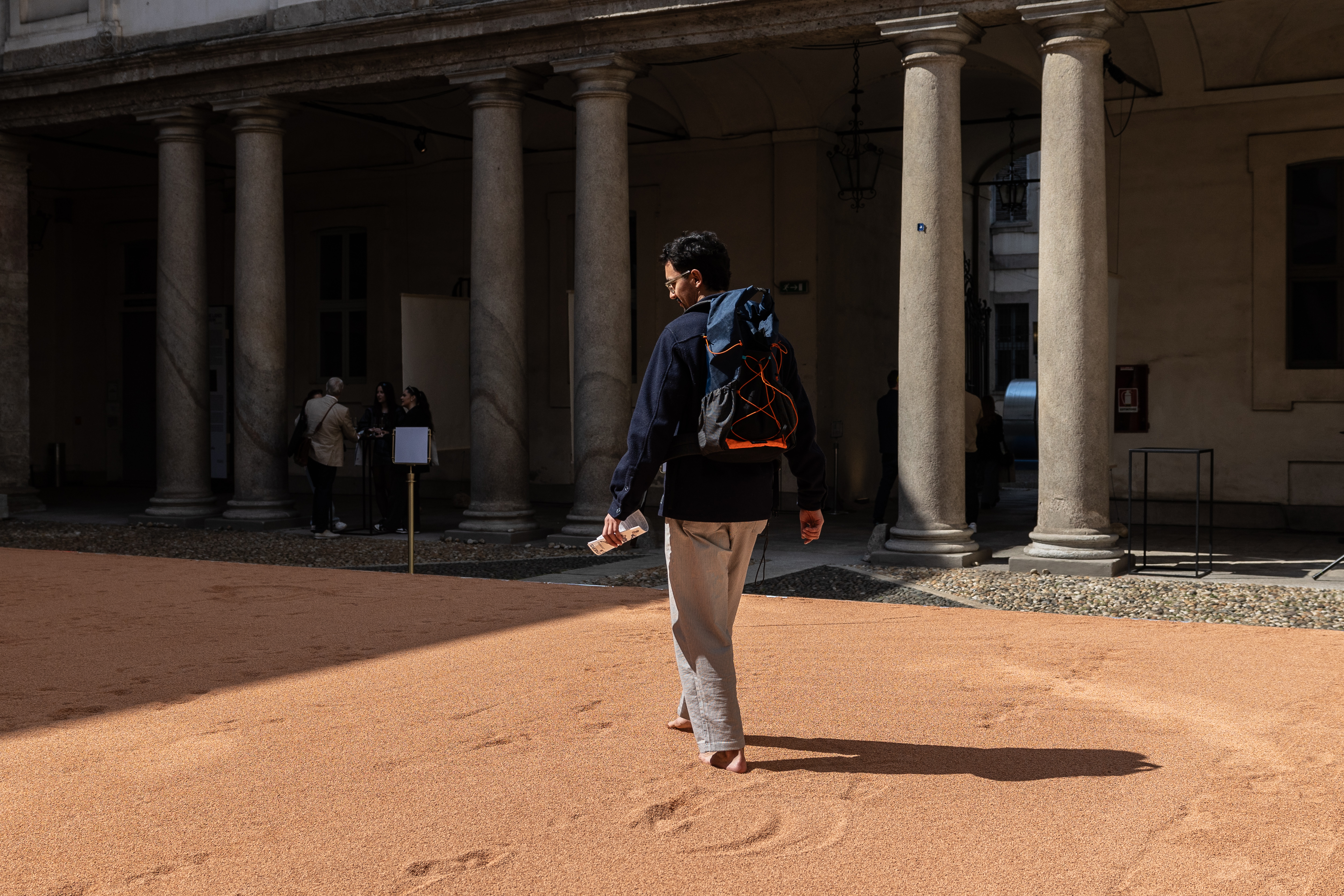 In Milan, MoscaPartners presents a poetic exploration of ‘migration’
In Milan, MoscaPartners presents a poetic exploration of ‘migration’Alongside immersive work by Byoung Cho, MoscaPartners’ Milan Design Week 2025 display features an accessible exhibition path designed for visually impaired visitors
By Cristina Kiran Piotti
-
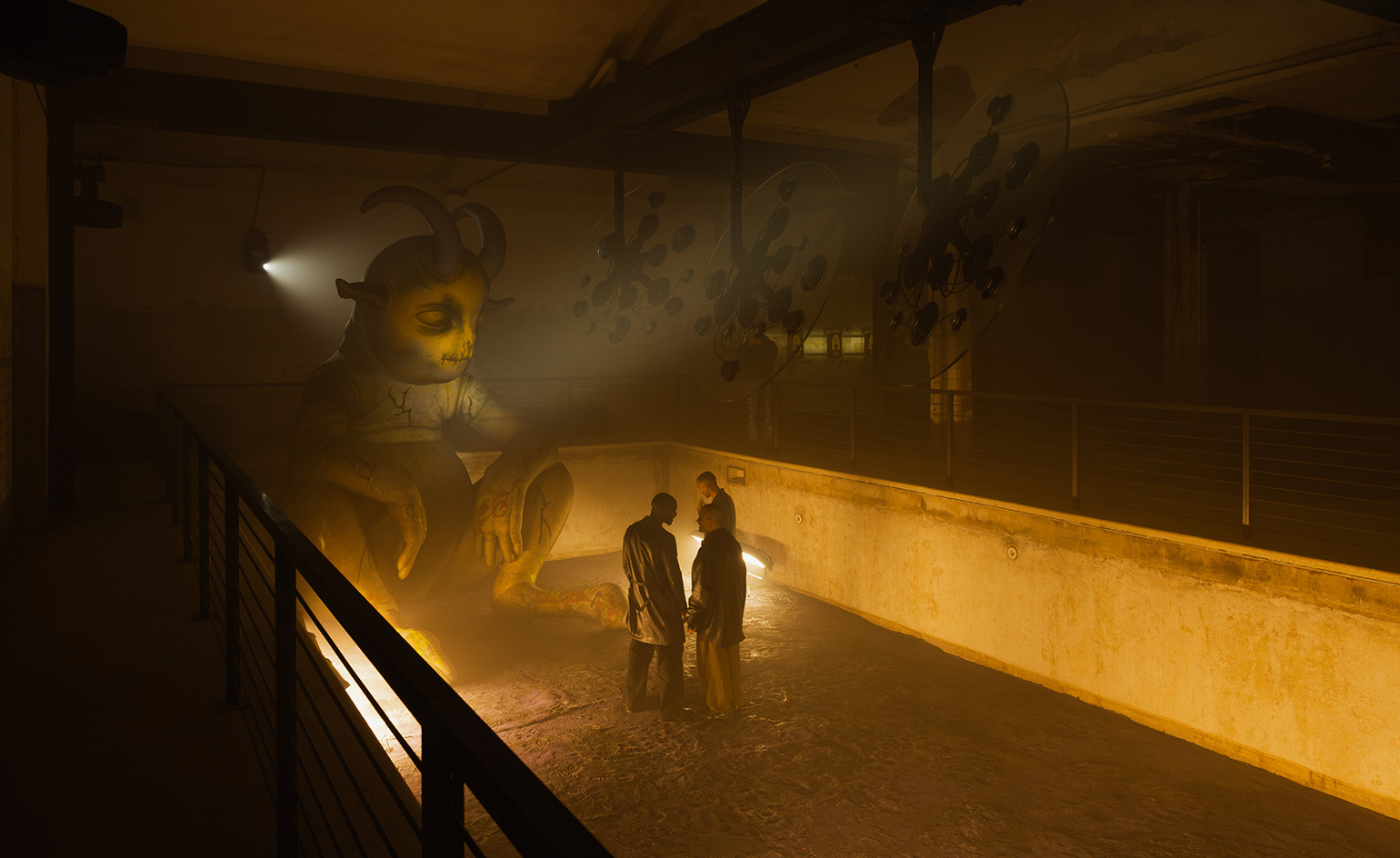 The making of PAN and Nike’s euphoric, club-inspired collaboration at Milan Design Week
The making of PAN and Nike’s euphoric, club-inspired collaboration at Milan Design WeekAlongside a new Air Max 180 release, ‘The Suspended Hour’ display sees Berlin record label PAN imagine the unfolding of a club night, from dusk until dawn
By Craig McLean
-
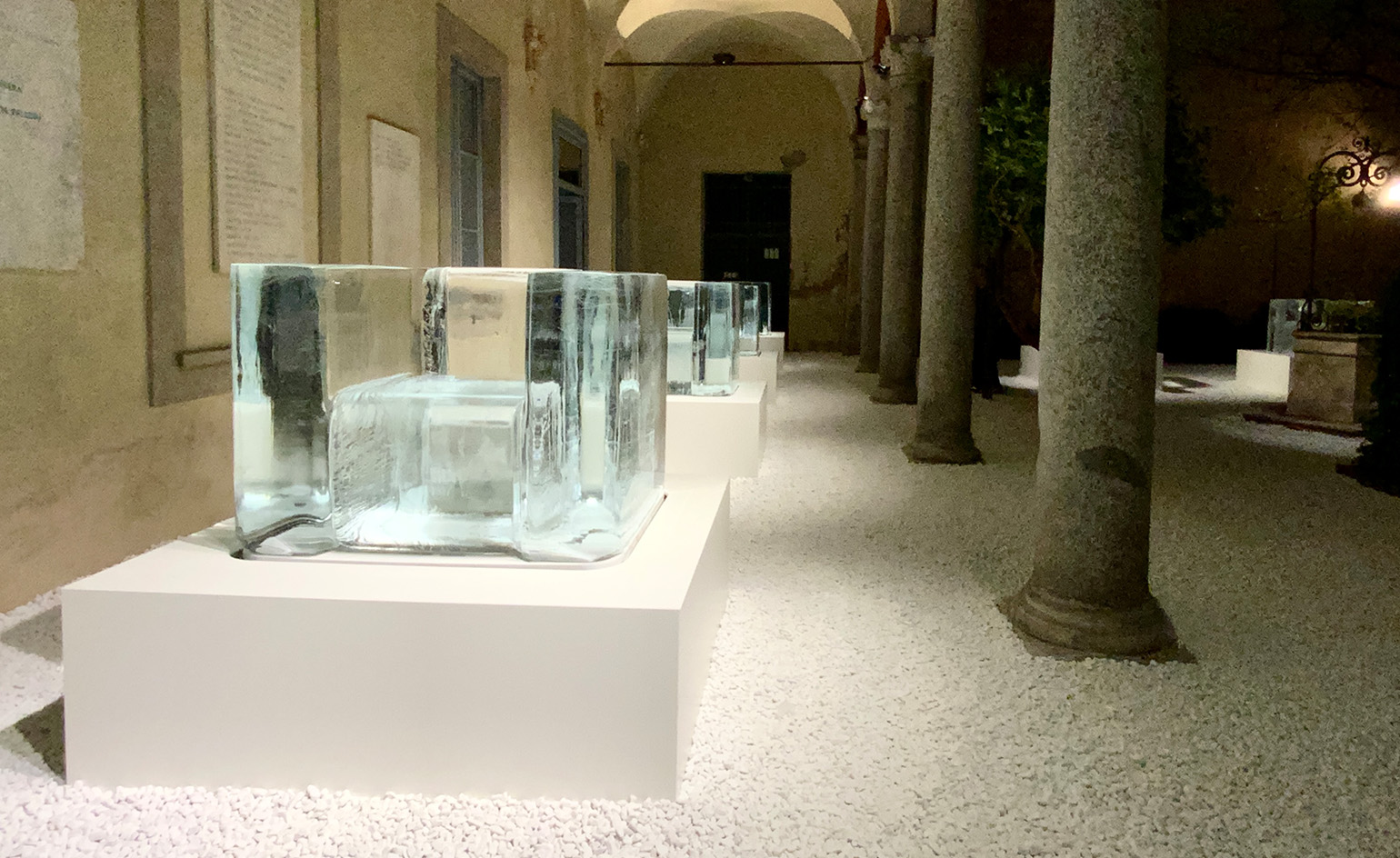 Tokujin Yoshioka’s ephemeral ice furniture is made to melt in Milan
Tokujin Yoshioka’s ephemeral ice furniture is made to melt in MilanTransparent chairs of frozen water slowly disappear during Milan Design Week 2025, in an expression of light by Japanese artist Tokujin Yoshioka
By Danielle Demetriou
-
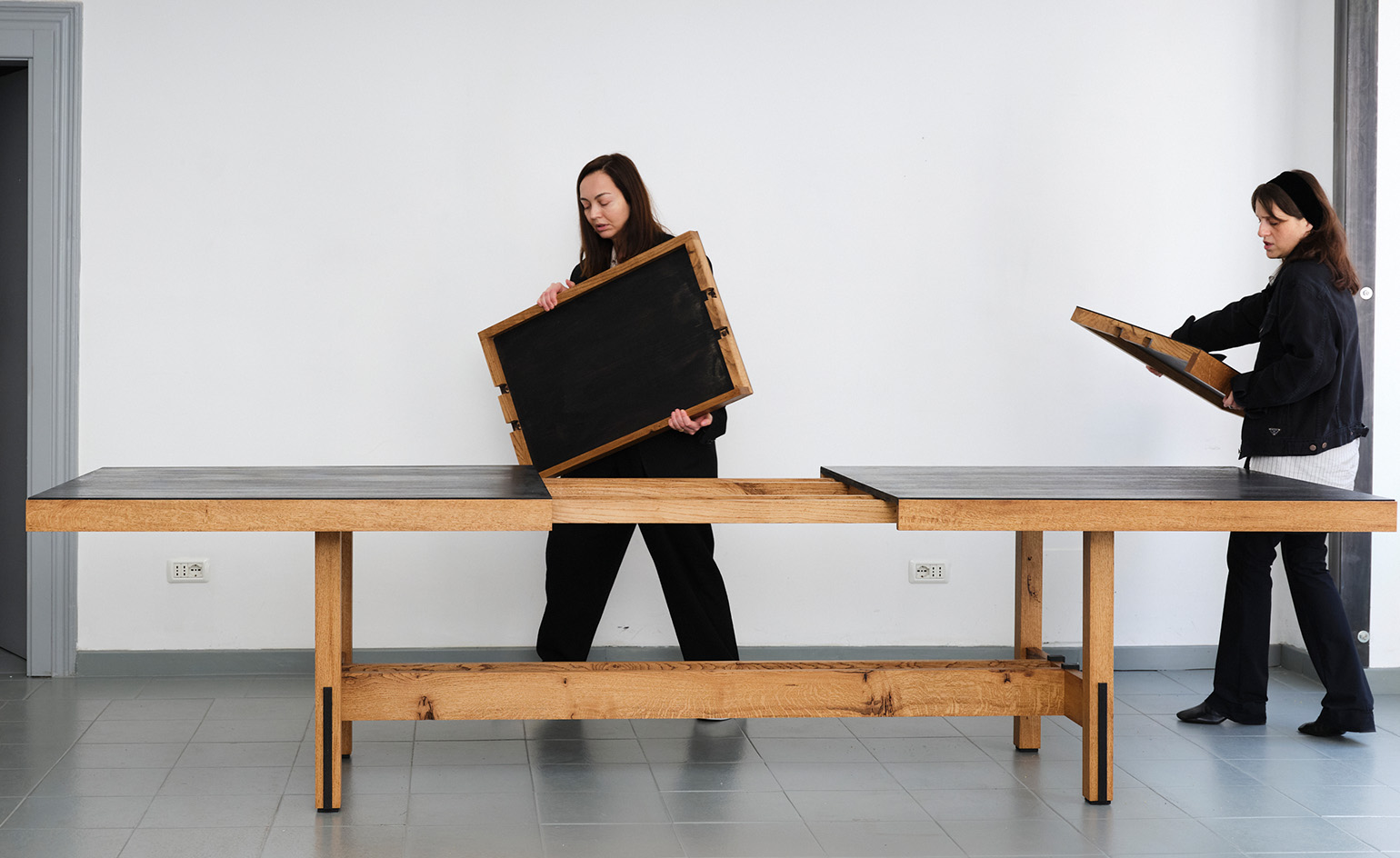 In Milan, Rooms Studio examines Georgia’s shifting social landscape
In Milan, Rooms Studio examines Georgia’s shifting social landscapeExpandable tables that reference recent government protests and lamps held together with ‘chewing gum’ feature in the Tbilisi-based studio’s Milan Design Week 2025 installation
By Dan Howarth